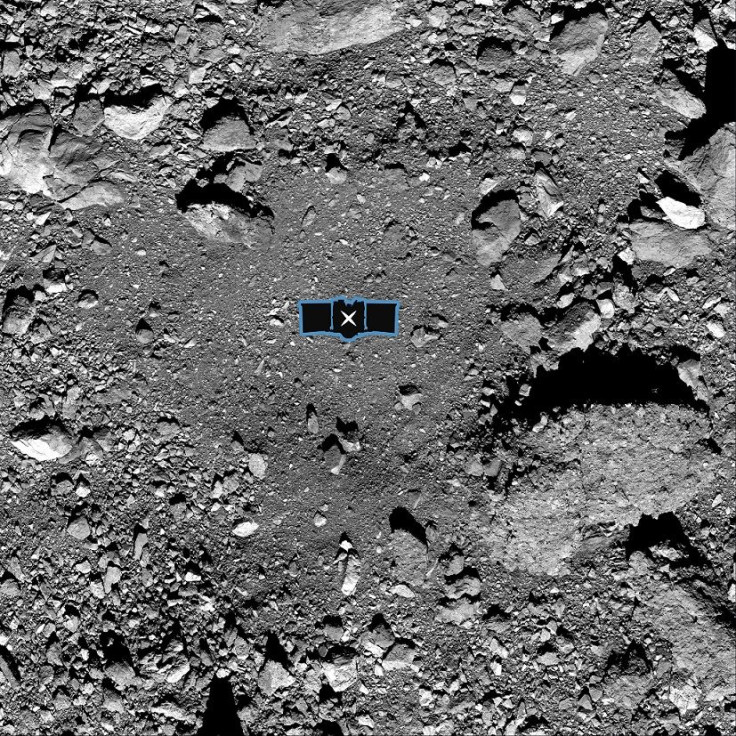Selected Collection Site For Asteroid Sample Mission Poses New Threats For OSIRIS-REx Spacecraft

KEY POINTS
- NASA has selected a collection site for the mission
- The site has ideal features for sample collection
- Navigating through the selected site might be challenging
NASA has finally selected the ideal site where the OSIRIS-REx mission can collect natural samples from asteroid Bennu. However, the agency admitted that reaching the site can still be risky for the spacecraft.
The OSIRIS-REx spent the last year flying around Bennu trying to find an ideal spot for its sample-return mission. Recently, the team behind the mission was able to select an ideal site where the spacecraft could collect samples from.
Dubbed as the Nightingale, this sample collection site sits in a crater near the northern region of the asteroid. The crater, which is about 460 feet wide, has a relatively smooth surface and cool temperatures.
Aside from the ideal conditions, the OSIRIS-REx team believes that the crater is relatively new, which means the exposed regolith or soil is still a bit fresh. Collecting samples from this area would provide the mission with valuable information regarding the history of the asteroid.
“After thoroughly evaluating all four candidate sites, we made our final decision based on which site has the greatest amount of fine-grained material and how easily the spacecraft can access that material while keeping the spacecraft safe,” Dante Lauretta, the principal investigator for OSIRIS-REx, said in a statement.
“Of the four candidates, site Nightingale best meets these criteria and, ultimately, best ensures mission success,” he continued.
Although Nightingale is the perfect site for the mission, NASA is aware that it still has a few characteristics that pose a threat to the mission. Although the crater where Nightingale is in is very large, the actual area where the spacecraft can touchdown on is a bit small, with only a diameter of 52 feet. This means the spacecraft will have to be very accurate when it comes to approaching the sample collection site.
Aside from this, the eastern portion of the crater’s rim has a building-sized boulder mounted on it. The mission experts believe there’s a chance the spacecraft might collide with this boulder after collecting the samples.
Despite these challenges, the members of the OSIRIS-REx team are very confident of the mission. They also noted that the spacecraft has been equipped with special instruments that can help it maneuver accurately across asteroid Bennu.
“Bennu has challenged OSIRIS-REx with extraordinarily rugged terrain,” Rich Burns, the project manager for the mission, said. “The team has adapted by employing a more accurate, though more complex, optical navigation technique to be able to get into these small areas.”
“We'll also arm OSIRIS-REx with the capability to recognize if it is on course to touch a hazard within or adjacent to the site and wave-off before that happens,” he added.
© Copyright IBTimes 2024. All rights reserved.





















